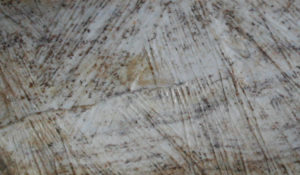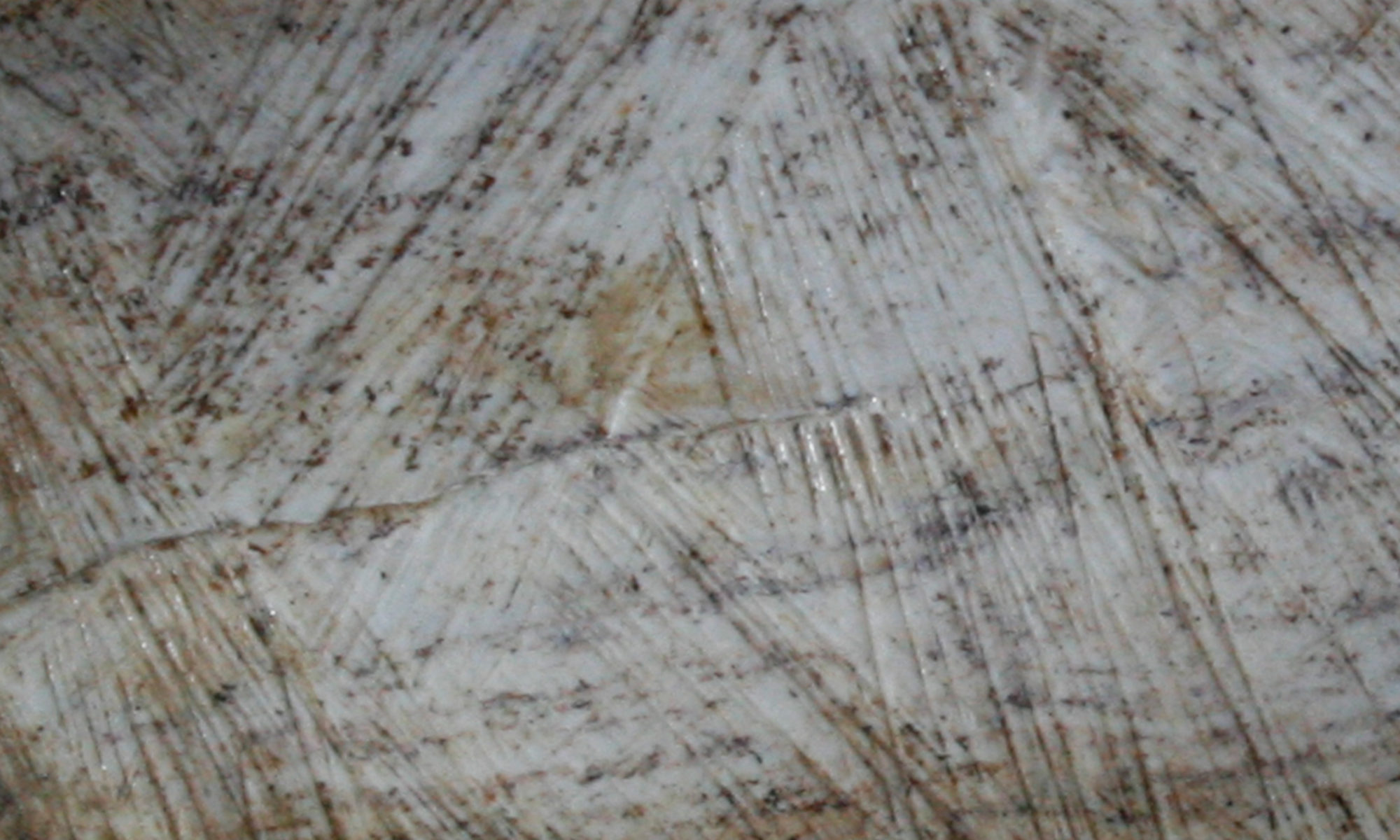Embodied Knowledge, Practice and Materiality: A Theoretical Approach to Eastern Mediterranean Craft Networks

The Eastern Mediterranean of the 2nd millennium BCE is well known as a region of tightly intertwined networks, along which not only cuneiform letters, gifts and commodities have been exchanged, but also intimate knowledge about different craft techniques. Today, several detailed studies of Bronze Age crafts and their employed materials are available to us, allowing far-reaching insights about manufacturing practices in different parts of this region. This enables us to compare these chaînes opératoires beyond the different local entities, and to understand if, and sometimes how, technical knowledge spread across the Mediterranean area.
Theoretical approaches for tracing these different technoscapes and the actors involved are still only rudimentarily defined. Archaeological research often tends to consider ancient techniques as pure mechanical processes, which simply materialize what we have imagined in our mind. But such a perspective neglects the human sensual involvement in techniques, and in general in crafts, and reduces the involved knowledge to mere information of mechanical functioning. Craft is much more, however, than the information we can read in a manual book or a construction plan, and thus such an approach clearly distorts our ideas of ancient crafts. Therefore, based on different examples of pottery, wall paintings, ivory and metallurgical techniques, the project aims to further explore theoretical ideas in this field and to integrate aspects of embodiment and 'tacit knowledge' within our reflections about making in order to enrich our often distorted mechanical view on ancient techniques.
